In order for a chicken wing to be considered good – it should have:
- crispy skin (a crunch is optimal)
- and moist, juicy meat
Most know that chicken is safe to eat at 165F, but at this temperature the skin fat has likely barely rendered (if it’s not fried) and it’s likely rubbery.
By going to 190-200F+ you solve these problems.
Chicken Wings are White Meat
Like breast meat – but cook like they’re dark meat – like the legs and thighs.
White and dark meat are dictated by Myoglobin content; Dark meat contains more myoglobin than white meat.
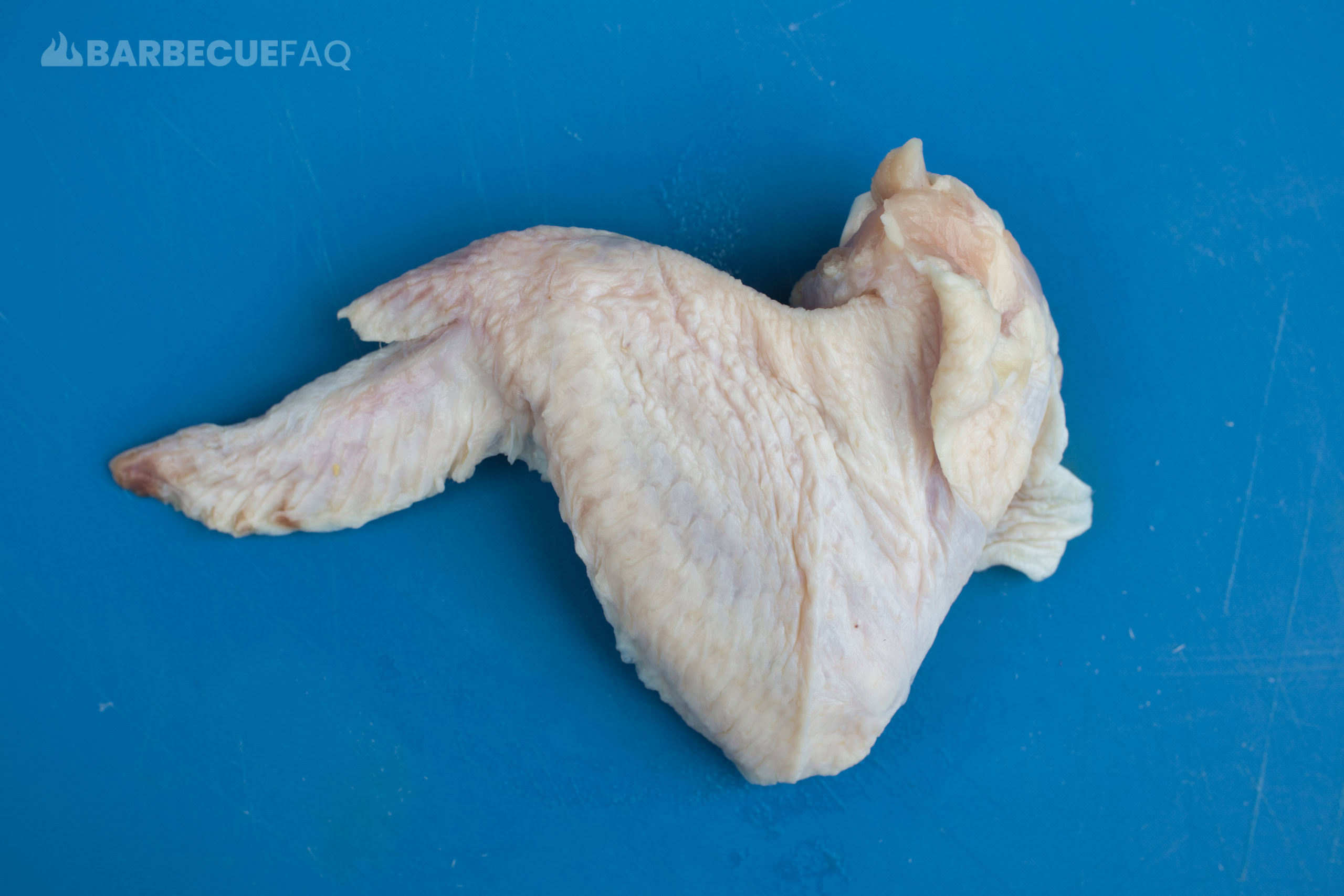
Chicken Wings and Collagen Content
Chicken breast has far less collagen and will only dry out above 165F.
What makes Chicken wings unique is that they have the highest skin to meat ratio of any part of the entire bird.
The primary component in skin is collagen.

The biggest complaint you’ll find with wings is that the skin is “rubbery” and that the meat is hard to cleanly bite from the bones – this is due to fat content (below the skin) and collagen.
By cooking the wings to 190-200F you render more fat from under the skin and render the collagen/connective tissues into a gelatin.
The result is crispier skin and more tender meat.
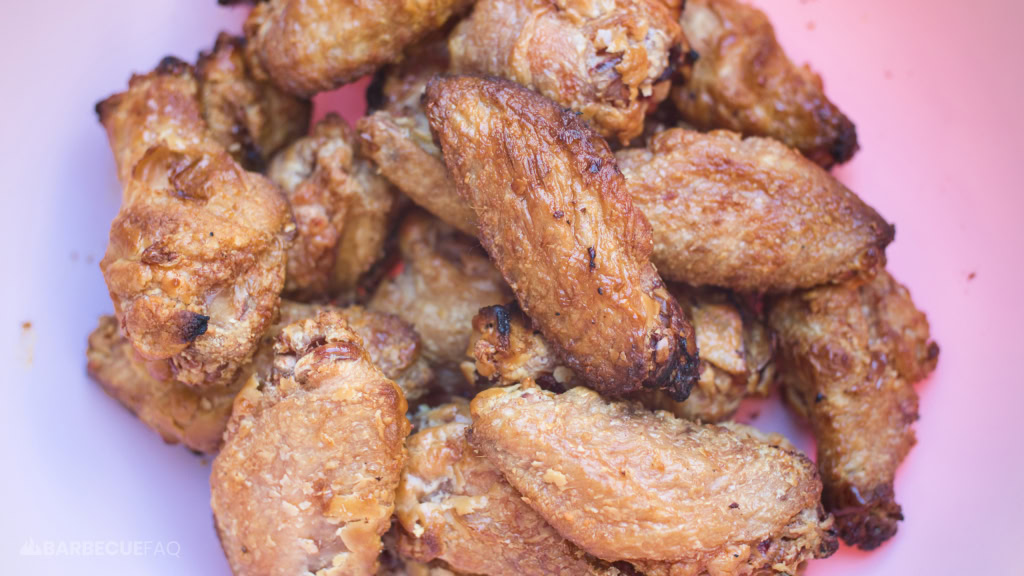
Why Probing Wings is Annoying
To list a few of my qualms:
- When probing wing meat you have to probe the meat not the bones. Depending on the instant read thermometer, this can be troublesome.
- The wingettes are smaller than drumettes – meaning they finish faster; Usually their temperature will vary by as much as 10-15F.
- Chickens aren’t uniform and their wings aren’t either. Meaning, you’d have to probe every single wing; This isn’t an issue for 5-10 wings but for 60-100, it can be.
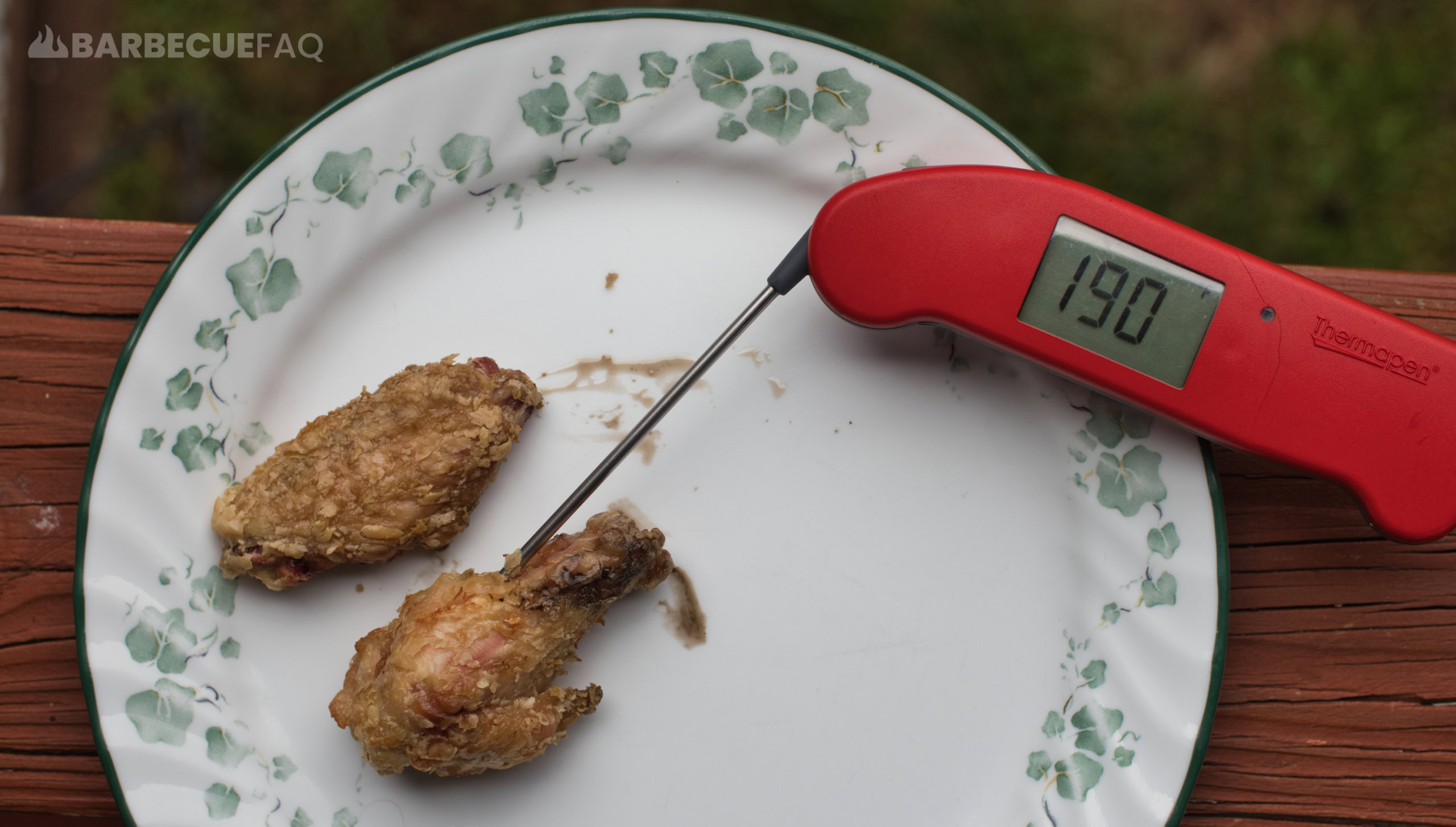
Rather than using internal temperature, start looking for visual queues:
- Fat from underneath the skin will bubble (the main reason the skin is chewy is because the fat hasn’t rendered).
- The skin will be brown and be crisp to the touch – you can audibly hear this if you drag a knife/probe/tongs across the skin.
- The meat has started to pull away from the bones.
You could also opt to be more strategic with your bone placement.
Meaning, have the drumettes closer to the fire and the wingettes further away. This way the drums finish at around the same time as the flats.
If you’re someone who is new to making wings or you’re cooking a small number of them, there’s absolutely no shame in using a probe to verify internal temperatures.
My best advice though is to ensure you’re probing the meat, not the bone.


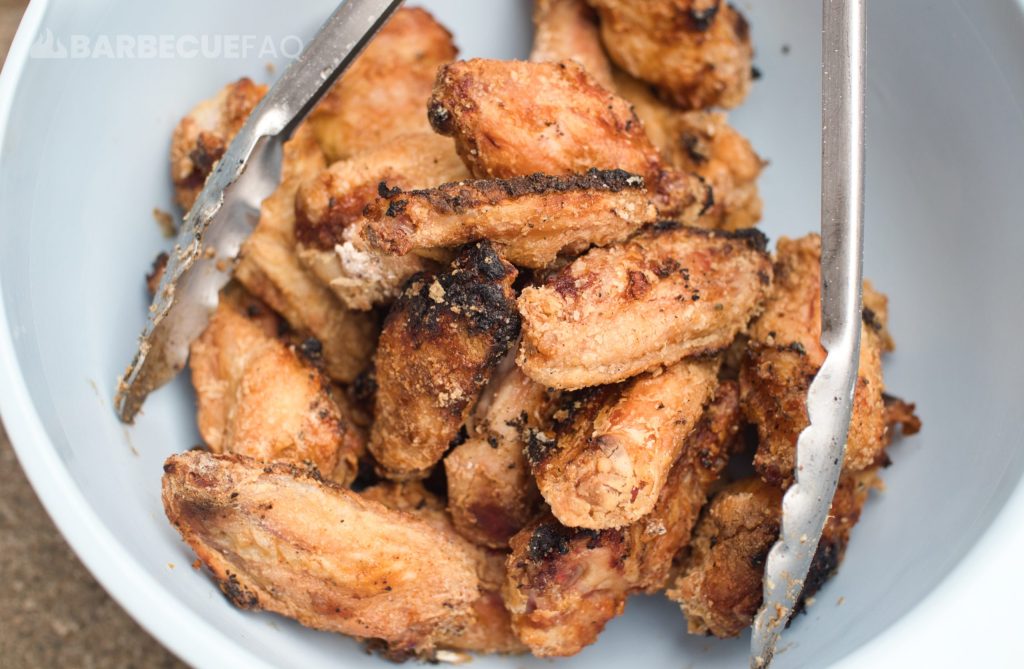
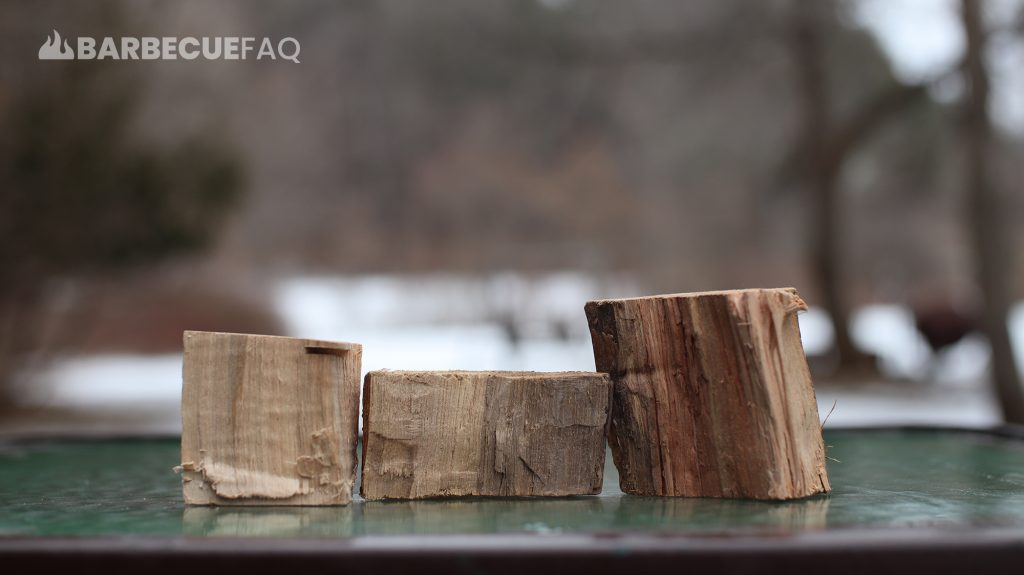
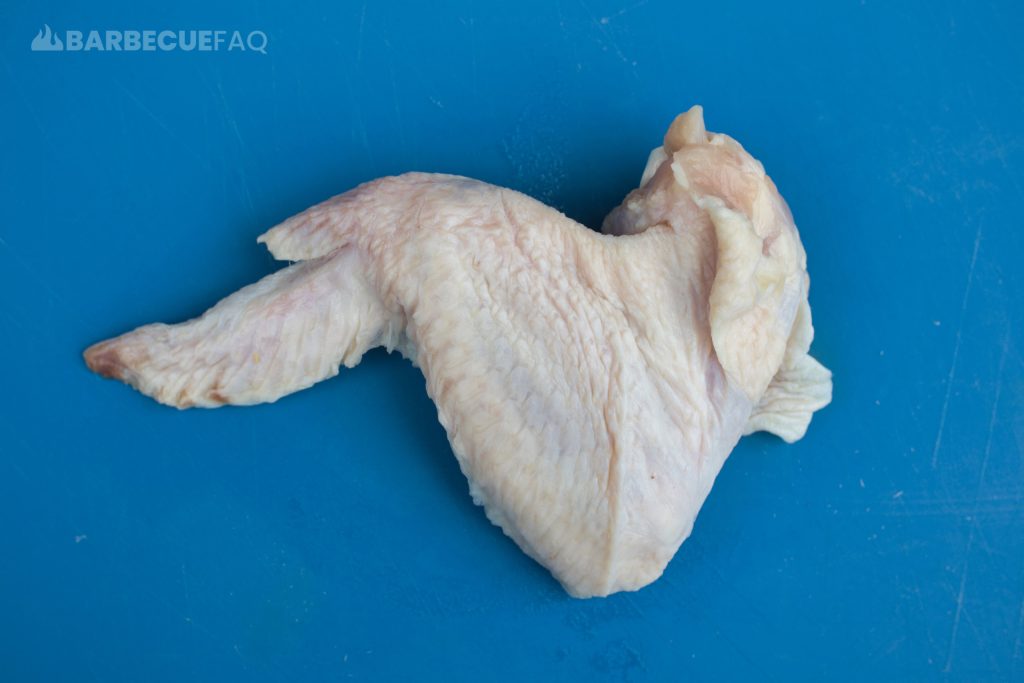
2 comments
Erroll Martin
Thanks Mr Clay. This is the best article I’ve ever read on the science of cooking chicken.
Dylan Clay
Happy to help Erroll!